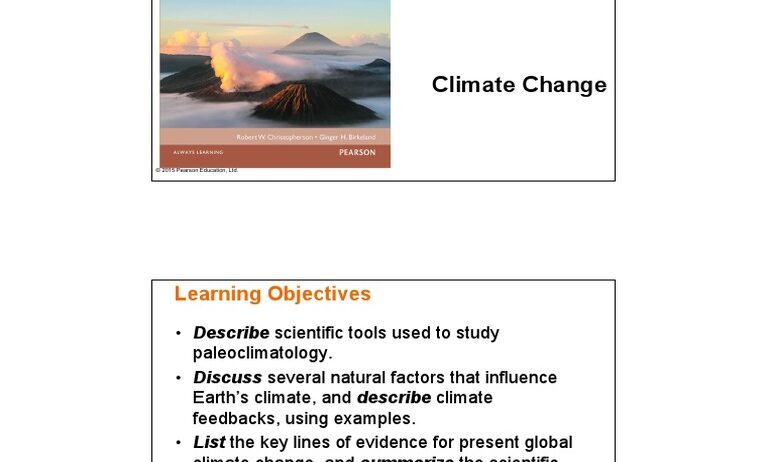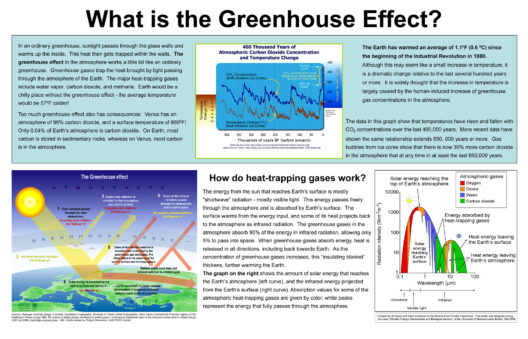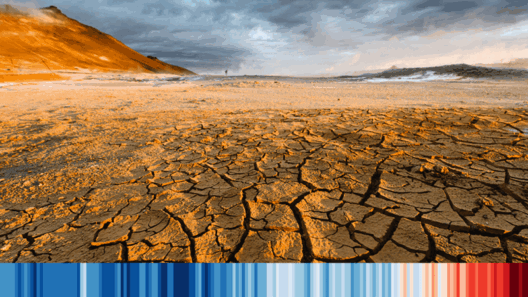The past is a lodestar, an enigmatic beacon illuminating our understanding of the climate. To know the climate of yore, scientists embark on an interdisciplinary expedition, excavating data tucked within rings of ancient trees, sediments at the bottom of the ocean, and even air trapped in glacial ice. These methods are not merely academic; they are profound instruments of insight, each revealing a stunning chapter in the Earth’s climatic saga.
In this article, we delve into the methodologies through which we glean insight about past climates, the implications these revelations hold for the present and future, and how the tapestry of climate history interweaves with every facet of life on Earth.
Rings of Time: Dendrochronology’s Decoding
Dendrochronology, the study of tree rings, offers a unique window into climatic history. Each annual ring reflects the conditions of that year, revealing secrets of temperature, precipitation, and even carbon dioxide levels. Like the pages of an ancient tome, a tree’s rings tell a story spanning years, often centuries. When conditions are favorable—ample rain and moderate temperatures—the rings grow wide and robust, while in times of drought or extreme cold, they become narrow, even stunted.
In regions where tree growth is sensitive to climate variables, such as the American Southwest or the Scandinavian boreal forests, these rings act as precise indicators of climatic fluctuations over millennia. Researchers extract cores from living and dead trees alike, drawing delicate slices of wood that unveil encodings of environmental stressors. By cross-referencing these findings with historical temperature records and other datasets, scientists construct a comprehensive picture of climatic conditions, often bridging gaps of thousands of years. In this way, dendrochronology is not just a science; it is an art form that intertwines ecology with history.
Beyond the Forest: Ocean Depths and Sediment Core Treasures
Our planet’s oceans are vast reservoirs of historical climate data, meticulously capturing atmospheric changes over eons. Ocean sediments, layered like the leaves of a book, store clues about past environmental conditions. When marine microorganisms—like foraminifera—die, they sink to the ocean floor, their shells contributing to sediment deposits. By analyzing the chemical composition of these shells, scientists can infer past ocean temperatures, salinity levels, and even atmospheric conditions.
Moreover, drilling into the seabed reveals sediment cores that can extend back millions of years, allowing researchers to detect patterns in climate change and extinction events. Each layer of sediment encapsulates a distinctive moment in time, akin to flipping through pages of an ancient manuscript. For instance, the presence of specific isotopes within these cores signifies periods of warming or glaciation, articulating the symbiotic relationship between oceanic and atmospheric systems.
Glacial Messages: The Ice Core Archives
Perhaps the most poignant witnesses of the Earth’s climatic history are glaciers. Tucked within their icy confines are air bubbles, time capsules suspended in frozen strata. Ice cores drilled from polar glaciers and ice sheets provide compelling evidence of the history of Earth’s atmosphere, capturing atmospheric composition and temperature shifts as far back as 800,000 years. The analysis of these bubbles allows scientists to measure historical levels of greenhouse gases such as carbon dioxide and methane, unveiling the interplay between these gases and global temperatures over millennia.
The journey of an ice core is remarkable; layers formed during different seasonal conditions tell a vivid tale of ancient climates. Mitigating events such as volcanic eruptions or solar variations manifest in the cores as distinct signatures. The layers, much like the rings of a tree or pages of a historical text, provide indicators of the Earth’s climatic narrative. Each extraction from the icy depths is an unfolding of intricate stories that inform us about humanity’s impact on climatic conditions, underscoring the urgency of our current environmental discourse.
The Interconnectedness of Climate Systems
As we stitch together insights from dendrochronology, sediment analysis, and ice core studies, an intricate tapestry emerges—an understanding of climate not as a linear progression but as a complex interplay of systems. Each reveal not only illustrates past conditions but also serves as a cautionary tale for contemporary society. The cycles of warming and cooling, of flood and drought, resonate with stark relevance today.
Understanding past climate systems enables us to anticipate future challenges. The consequences of anthropogenic emissions are now a crucial pivot point in this narrative, complicating the story that these natural records tell. Through the lens of the past, we can perceive an urgent call to action, a push toward sustainability and reverence for our planet.
Conclusion: Revisiting the Continuum of Climate
In understanding how we know about the climate from the past, we renew our commitment to vigilant stewardship of the Earth. Each method of investigation offers a unique prism through which we view our climatic legacy, underscoring our shared responsibility to protect the planet for future generations. As we navigate through the callous winds of change, the knowledge gleaned from these ancient records becomes not just a tool of inquiry but a compendium of wisdom, guiding us toward a more sustainable future.
The past, through these scientific revelations, is not merely a bygone era but a living, breathing testament to the delicate balance of our planet’s ecosystems, continuously urging us to reflect, learn, and act.








